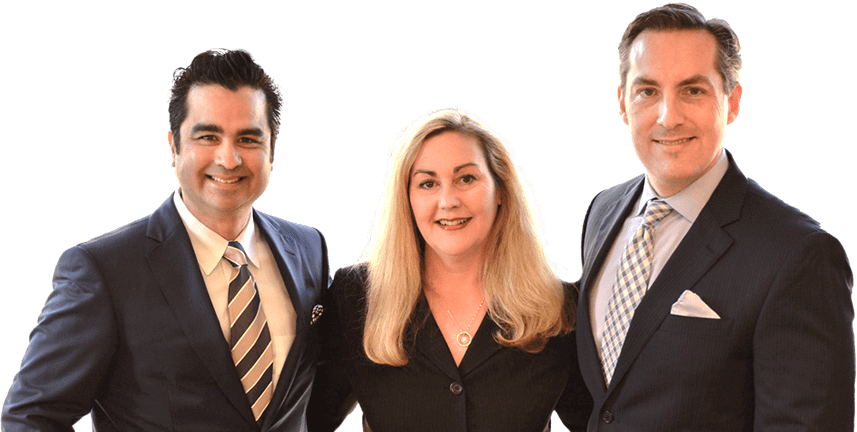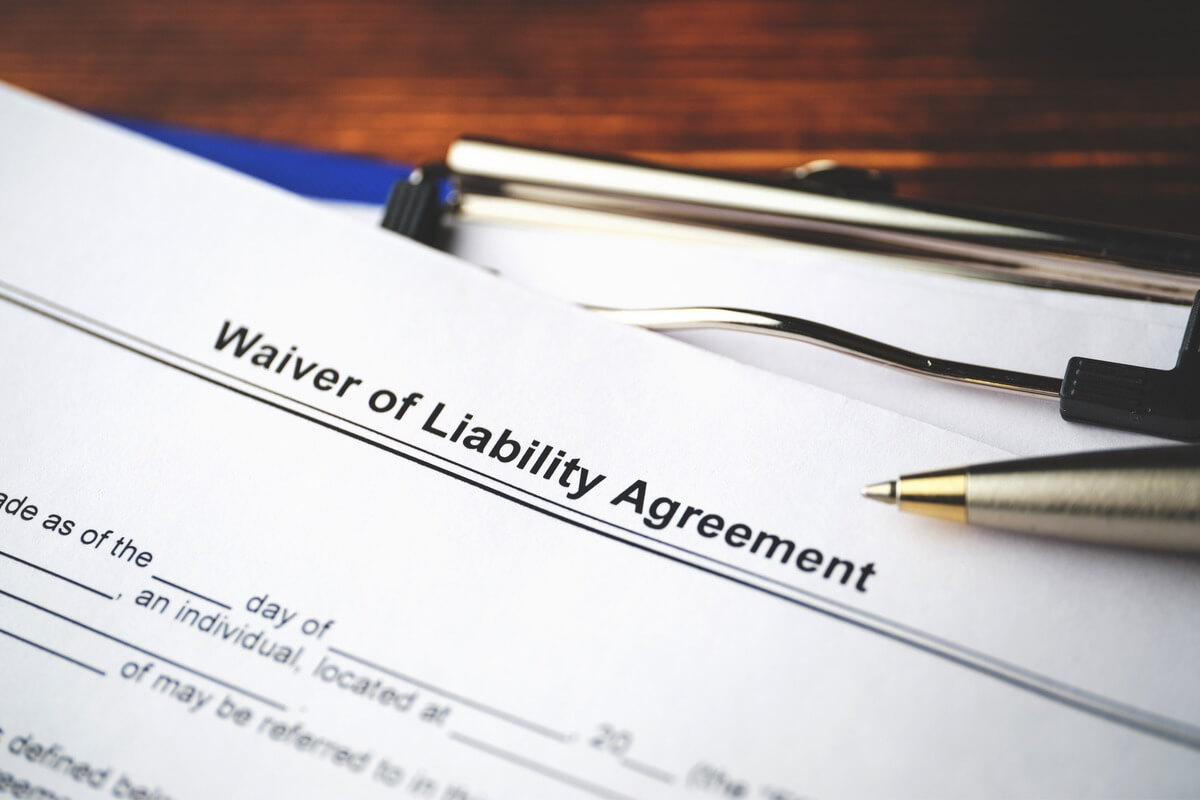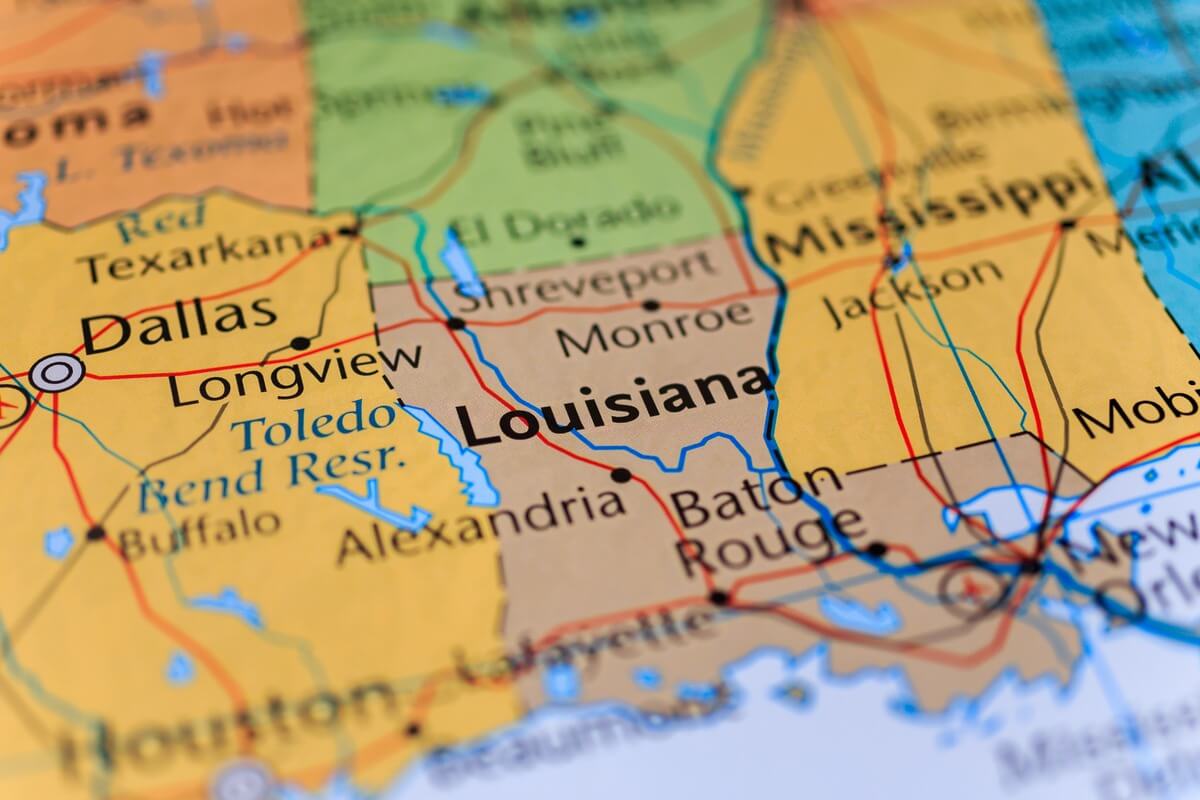Consumers wishing to lend through financial institutions are evaluated on creditworthiness, regardless of a loan amount. History with creditors, ability to pay back within set time limits and amount of debt owed are not the only things a lender may be interested in. Assets as collateral and high-interest rates are what’s on the line when dealing with a crediting agency.
Secured Debt
Secured debt is the most common type of financing a consumer can obtain. Typically, banks assume less risk as terms and conditions require an asset held as collateral. The purchase of a vehicle through a loan is an example of Secured Debt. The bank will require proof of insurance coverage, so that they may recoup what’s owed on the car, or pay off the loan, in any case, it’s involved in an accident. Interest rates on secured loans are often lower, as a result. The lender will obtain property if the promise to pay the loan in full is not met.
Unsecured Debt
Unsecured Debt is no promise-to-pay with a car or house in the hands of a bank if repayment is not fulfilled. For this reason, creditors take a closer look at creditworthiness and charge higher interest rates. The risk of lending a consumer money with no lien or asset is greater and may incur legal action, money, and more time for the creditor to obtain money owed. Requesting a personal loan, with no asset attached is an example of unsecured debt.
Before delving into the specifics of unsecured debt, it’s essential to understand the broader legal landscape surrounding it. For instance, the intricacies of cross-examination can play a pivotal role in cases involving debt disputes. Additionally, in today’s digital age, the use of social media can have implications on claims related to unsecured debts. For those seeking comprehensive legal advice or curious about various case results, it’s beneficial to be informed. Moreover, understanding rights, such as those related to work injuries, can also be crucial when navigating the complexities of financial obligations.
Categories
- Bicycle Accidents
- Car Accident
- Case results
- Class Action
- Community Aid
- COVID-19
- Fun
- General
- Hard Rock Lawsuits
- Holiday
- Insurance Claims
- Legal Advice
- Mardi Gras Accident Attorney
- Mass Tort
- Medical
- Motorcycle Accident
- Personal Injury
- Practices
- Premise Liability
- Recent News
- Safety
- Truck Accidents
- Uncategorized
- Weather
- Work-Related Accident

In 2003, after being dissatisfied with the quality of legal care for victims of car accidents, Roderick ‘Rico’ Alvendia sought to establish a new firm focused on providing high-quality legal services to aid injured victims and their families. J. Bart Kelly, sharing Rico’s passion for upholding justice, joined the firm later that year, and established a partnership.



